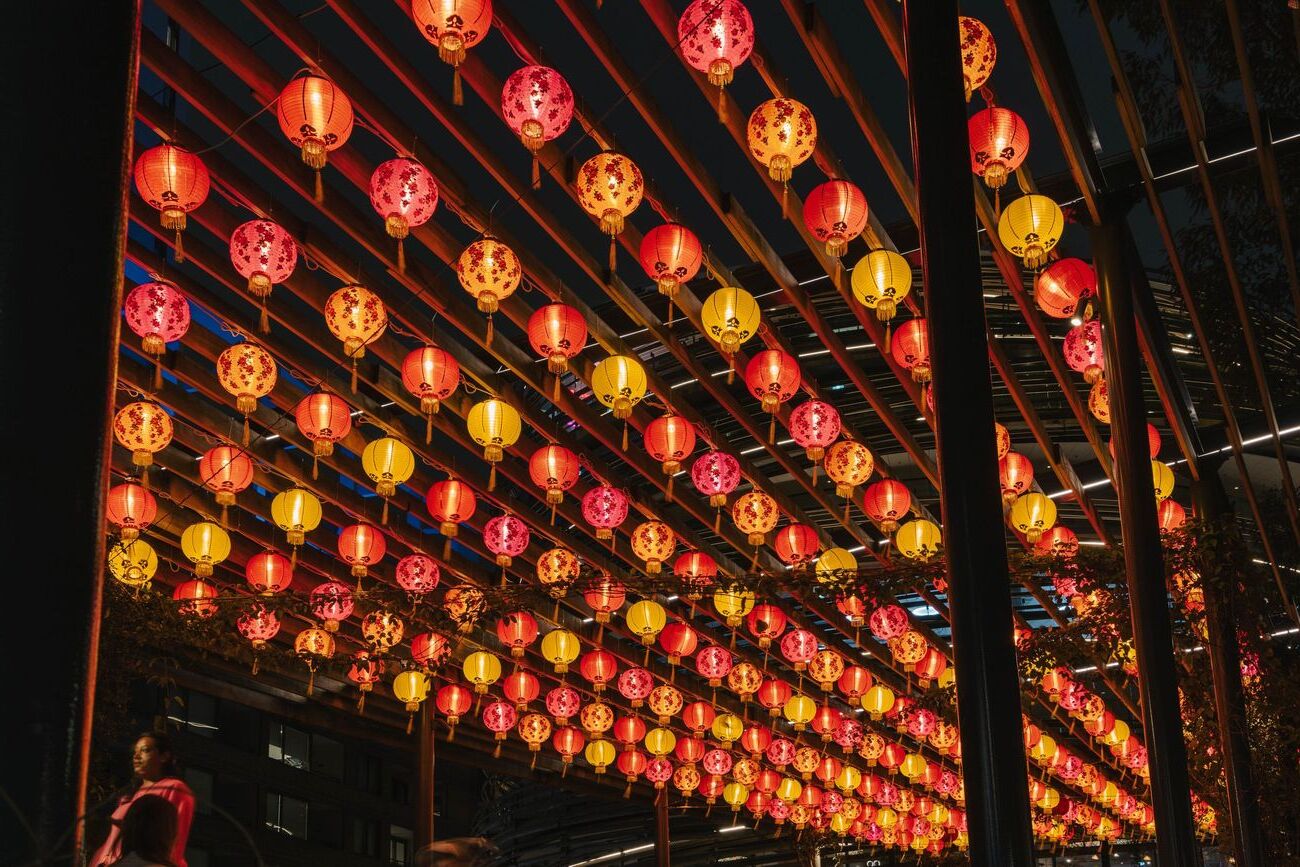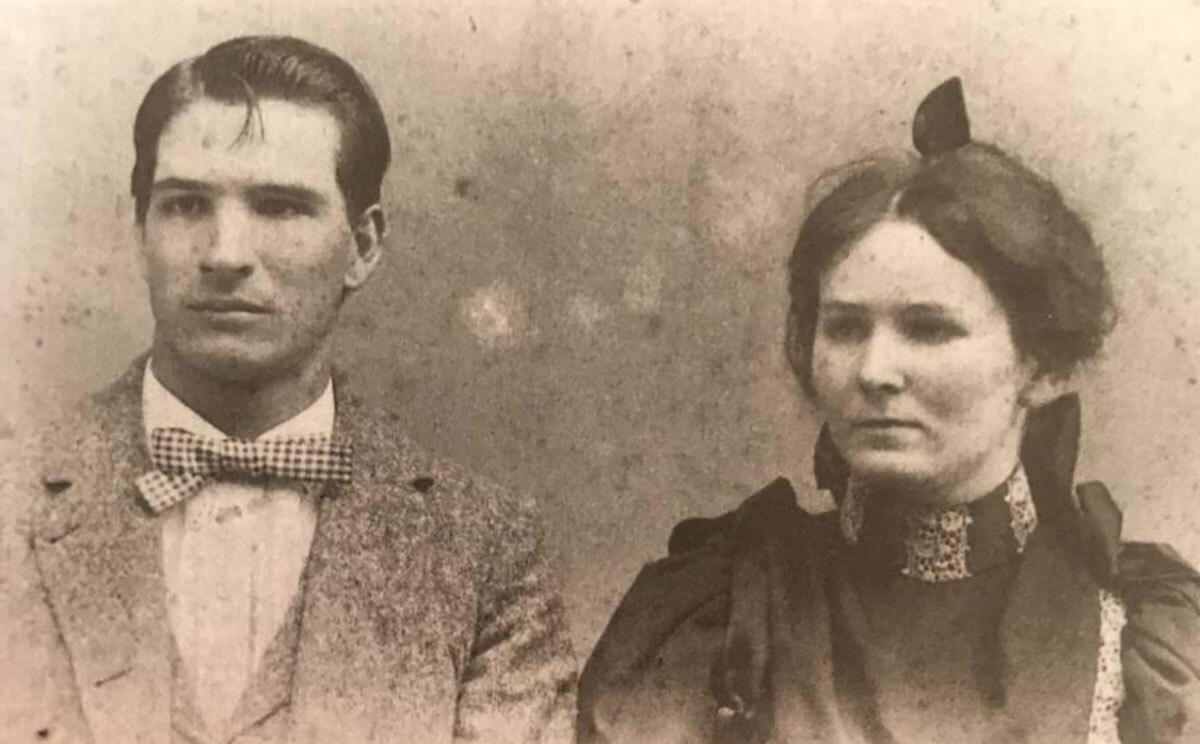
The Moon Festival 2024, also known as the Mid-Autumn Festival, is set to light up the skies on September 17, a Tuesday. This ancient celebration, with roots tracing back over 3,000 years, is one of the most cherished traditions in East Asian cultures, particularly in China and Vietnam. Families gather to admire the full moon, share mooncakes, and light colorful lanterns. The festival is steeped in folklore, including the famous legend of Chang’e, the moon goddess. Whether you're enjoying a barbecue in Taiwan or sending digital red envelopes, the Moon Festival is a time for unity, reflection, and cultural appreciation.
Key Takeaways:
- The Moon Festival, also known as the Mid-Autumn Festival, is a significant cultural event celebrated in many East Asian countries. It's a time for family reunions, mooncake feasting, and lantern lighting, and it falls on September 17, 2024.
- The Moon Festival has a rich history dating back over 3,000 years, with traditions like mooncake eating, lantern processions, and storytelling. It's a time for family bonding and cultural exchange.
What is the Moon Festival?
The Moon Festival, also known as the Mid-Autumn Festival, is a significant cultural event celebrated in many East Asian countries. It is a time for family reunions, mooncake feasting, and lantern lighting. Let's dive into some fascinating facts about the Moon Festival 2024.
-
Date of the Moon Festival 2024: The Moon Festival in 2024 falls on September 17, Tuesday.
-
Origin of the Festival: The festival has its roots in ancient Chinese worship of celestial bodies, dating back to the Tang Dynasty (618–907 AD).
-
Name Variations: Also known as the Mid-Autumn Festival or Harvest Festival.
-
Celebration Duration: Traditionally, there is a three-day public holiday, allowing people to meet their loved ones and engage in various festivities.
-
Global Celebrations: Celebrated in China, Vietnam, Singapore, Malaysia, Indonesia, the Philippines, Japan, and South Korea.
Historical Significance
Understanding the history behind the Moon Festival adds depth to its celebration. Here are some historical aspects of this ancient festival.
-
Lunar Calendar Significance: Observed on the 15th day of the 8th lunar month, marking the fullest and brightest moon in the Chinese calendar.
-
Historical Significance: The festival has a long history of over 3,000 years, originating from celestial worship during the Pre-Qin Period (narrow sense: 2070–221 BCE).
-
Moon Worship: In ancient agricultural societies, moon worship was an important ritual to show awe and veneration of nature and the joy of plentiful harvests.
-
Family Reunion: A time for family reunions, similar to the Chinese New Year, providing an opportunity for people to meet their loved ones and strengthen family bonds.
-
Chang’e Legend: The most famous story associated with the Moon Festival is that of Chang’e, the Chinese moon goddess who flew to the moon after swallowing an elixir.
Mooncakes and Their Significance
Mooncakes are an integral part of the Moon Festival. These delicious pastries have a rich history and cultural significance.
-
Mooncakes: Eating mooncakes is one of the most significant traditions on the day of the Moon Festival. These round-shaped pastries symbolize togetherness and harmony, with various flavors from salt to sweet.
-
Mooncake History: Mooncakes became a Mid-Autumn Moon Festival tradition during the Ming Dynasty (1368–1644 A.D.). Initially a snack food, they later combined with the admiring moon, implying a family reunion.
-
Mooncake Varieties: Today, mooncakes can be found in various shapes and fillings, such as chocolate or fruit. They are widely used as gifts for families and friends during the festival.
-
Mooncake as Rebellion Tool: In the Yuan dynasty, mooncakes were used as a means of rebellion. People used them to pass secret messages back and forth among each other.
-
Mooncake Prices: During the festival, mooncakes can take on exorbitant prices, with some being more expensive than an iPhone. Local bureaucrats have even started exchanging these as luxurious presents.
Lanterns and Festivities
Lanterns play a crucial role in the Moon Festival, adding color and light to the celebrations. Here are some interesting facts about lanterns and other festive activities.
-
Lanterns: Like the Lantern Festival at the beginning of spring, lanterns play an important role in the Moon Festival. Lantern vendors fill parks and streets with colorful lanterns, and people write wishes or lines on them, hoping gods would accept their aspirations.
-
Lantern Procession: During the festival, children and adults carry lanterns of various shapes and sizes through the streets, creating a colorful and festive atmosphere.
-
Barbecue Tradition: In Taiwan, it is a tradition to have a barbecue meal during the Moon Festival. This tradition was influenced by a soy sauce manufacturer's advertising campaign.
-
Storytelling: Moonlit nights are a great time for telling magical stories. Families gather to share tales and strengthen their bond under the full moon.
-
Moon Appreciation: People like to admire the moon on hills or by lakes. Places like West Lake in Hangzhou, Elephant Trunk Hill at the bank of Li River, and Victoria Park in Hong Kong are popular spots for moon appreciation.
Modern Celebrations
The Moon Festival has evolved over the years, incorporating modern elements while preserving traditional customs. Here are some modern ways people celebrate the festival.
-
Digital Celebrations: In recent years, younger generations have started celebrating the festival by sending WeChat red envelopes to their families and friends via their smartphones. Over 1 billion digital red envelopes were sent during the 2015 Mid-Autumn Festival.
-
Cultural Exchange: Understanding and celebrating the Moon Festival helps develop a deeper knowledge of Asian culture and traditions, expanding one's worldview.
-
Decorations: The festival is characterized by the use of fairy lights and lanterns, which turn a regular street into a fairytale-like setting.
-
Folklore: The festival is rich in folklore, including stories about someone living on the moon or someone living on the sun. These legends are as much a part of the festivities as the festival itself.
-
Lunar Exploration Program: The Chinese Lunar Exploration Program is named after the Chinese moon goddess Chang’e. The program includes lunar probes like Chang’e 1 to Chang’e 5 and robotic lunar rovers like Yutu (Jade Rabbit) and Yutu-2.
Traditional Foods and Recipes
Food plays a central role in the Moon Festival, with mooncakes being the star of the show. However, there are other traditional foods and recipes that add flavor to the celebrations.
-
Traditional Foods: During the festival, families gather for a reunion dinner or picnic, consisting of many round foods such as eggs and pomelos. Tea is served in round cups to complement the mooncake.
-
Mooncake Recipes: Today, mooncakes can be found in local bakeries or made at home using various recipes. Some popular fillings include chocolate or fruit, offering a modern twist to the traditional mooncake.
-
Mooncake Fillings: The fillings for mooncakes have been adapted to various palettes, such as ‘halal kaya’ mooncakes that are safe for Muslims to consume in Malaysia.
-
Mooncake Symbolism: Mooncakes are thought to symbolize harmony and unity, reflecting the round shape of the moon. They are traditionally filled with lotus seed or sweet bean paste but can now be found in various flavors.
-
Barbecue Tradition: In Taiwan, it is a tradition to have a barbecue meal during the Moon Festival. This tradition was influenced by a soy sauce manufacturer's advertising campaign.
Educational and Cultural Activities
The Moon Festival offers numerous educational and cultural activities, making it a great opportunity for learning and cultural exchange.
-
Lantern Activities: Activities like making lanterns and writing wishes on them are part of the festive celebrations. This tradition is rooted in the belief that gods would accept their aspirations.
-
Storytelling Activities: Families engage in storytelling activities under the moonlight, sharing tales and legends that are part of the festival's folklore.
-
Cultural Preservation: Celebrating the Moon Festival helps preserve Asian culture and traditions, ensuring that these customs continue to be passed down through generations.
-
Educational Value: The festival provides an opportunity for children to learn about Asian culture and traditions through various activities and stories.
-
Interactive Celebrations: The festival encourages interactive celebrations, such as making moon mobiles and designing moon phase viewers, which are fun and educational activities for children.
Literature and Crafts
Books and crafts related to the Moon Festival can enhance the celebration experience, especially for children.
-
Literary Works: Picture books like "Thanking the Moon: Celebrating the Mid-Autumn Moon Festival" by Grace Lin and "A Big Mooncake for Little Star" also by Grace Lin, are wonderful resources to share with young children, introducing them to the traditions associated with the holiday.
-
Mathematical Lessons: Stories like "Lin Yi’s Lantern: A Moon Festival Tale" teach practical math lessons in everyday life, highlighting the rewards of putting others first.
-
Craft Activities: Activities like foil stamping and printing moon-themed crafts are part of the festive celebrations, allowing children to engage creatively with the festival's themes.
-
Cultural Exchange Programs: Programs like the China Research Project offer a variety of engaging activities for students to research the geography and culture of China, providing an organized final presentation.
-
Folklore Legends: The festival is rich in folklore legends, including stories about the moon goddess Chang’e and her journey to the moon. These legends are an integral part of the festival's traditions.
Celebrating the Moon Festival 2024
The Moon Festival 2024 on September 17 promises to be a magical time filled with family reunions, mooncakes, and lanterns. This ancient celebration, rooted in Chinese culture, brings people together to appreciate the full moon and share stories like the legend of Chang’e. From moon worship to modern digital celebrations, the festival has evolved while keeping its core traditions alive. Whether you’re enjoying a barbecue in Taiwan or sending digital red envelopes, the Moon Festival offers a unique way to connect with loved ones and honor Asian heritage. So, mark your calendars, gather your family, and get ready to celebrate under the brightest moon of the year.
Frequently Asked Questions
Was this page helpful?
Our commitment to delivering trustworthy and engaging content is at the heart of what we do. Each fact on our site is contributed by real users like you, bringing a wealth of diverse insights and information. To ensure the highest standards of accuracy and reliability, our dedicated editors meticulously review each submission. This process guarantees that the facts we share are not only fascinating but also credible. Trust in our commitment to quality and authenticity as you explore and learn with us.


